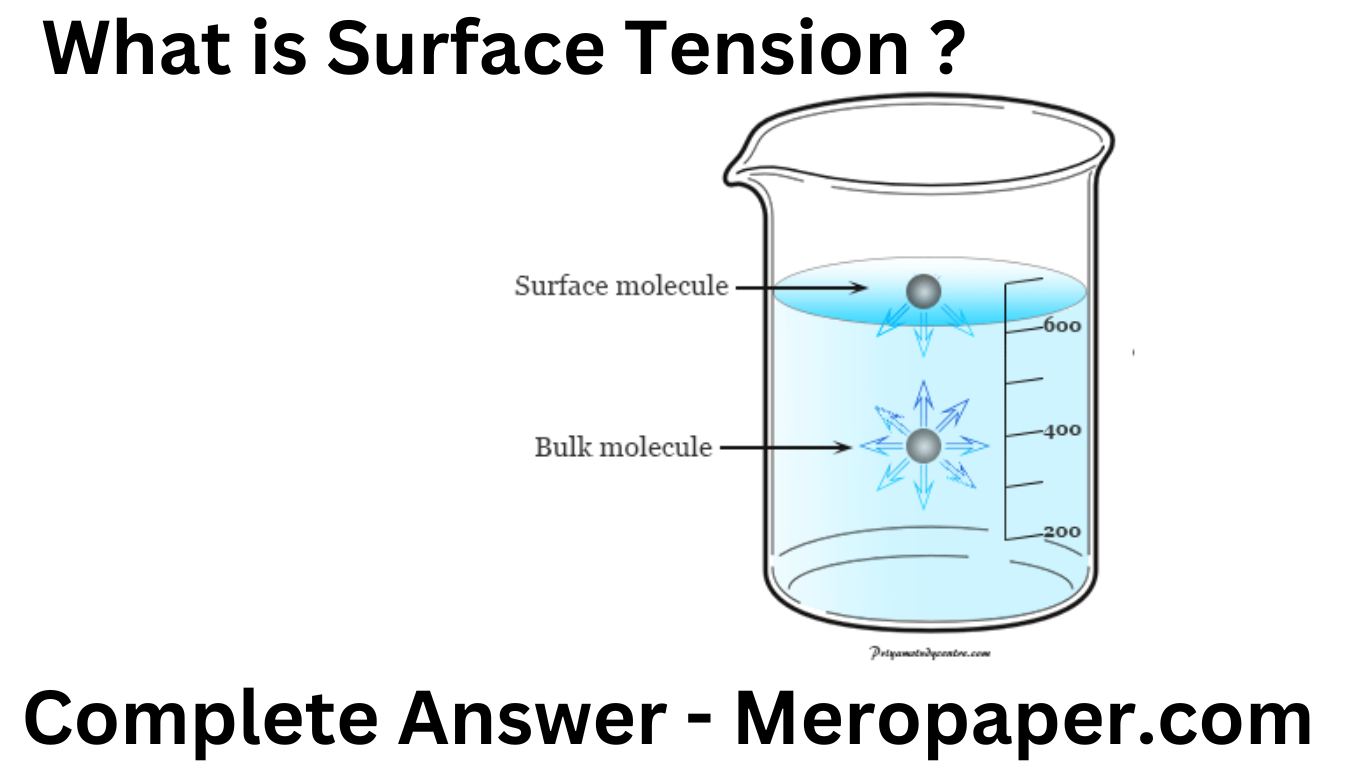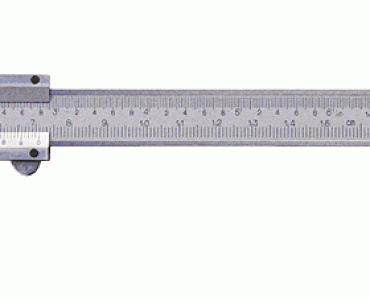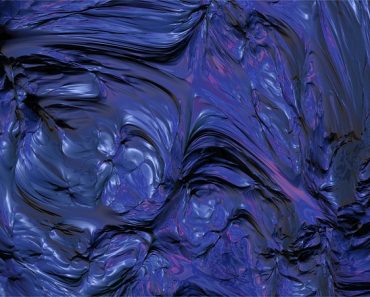States of matter
1.All The Gases Consists of a large number of small particles called as molecules.
2.The Gas Molecules are assumed to be identical spherical and perfectly elastic.
3.The volume Occupied By a gas molecule is negligible as compared to the total volume of the gas.
4.The Molecules of Gases are in State of Continous Random motion In all Possible Direction .
5.The Gas molecule Collides with each other on the wall of the container during motion. The collison are perfectly Elastic i.e there is no loss of energy.
6.The Force of attraction and Repulsion between the molecules is negligible.
7.The Gravitional force on the Gas molecule is negligible.
8.The Pressure exerted by the gas molecules is due to the collision of molecules.
9.The Average kinetic energy of molecules is Directly Proportional to Absloute Temperature of gas.
Gas law
Boyle’s Law
At constant temperature the volume of given gas is inversely proportional to its pressure , Mathemathically, It also Expressed as
V proportional 1/P { at constant Temperature}
V=K/P
PV=k {constant}
Thus, Boyles Law also State That Product of Pressure and volume of given mass of a gas having pressure P1 at temperature (T) Let the volume changed to v2 and pressure changed to p2. Then According to Boyles law.
P1V1=P2V2 [ At constant temperature]
Graphical Representation of Boyle’s law
The Boyles’s law can be represented graphically in three different ways as given below
on plotting the graph between pressure and volume at fixed temperature, a hyperbolic curve is obtained which shows that pressure is inversely proportional to volume.
2.on plotting the graph between pressure (P) and 1/V the straight line is obtained . This Shows that P&V are inversely proportional to each other.
3.On Plotting the Graph between pressure (P) and pv on horizontal straight line parallel to pressure aius is obtained, this indicates that pv remain even if due to change in pressure.
Relation between Density and pressure of gas
boyles law can be applied to relate density and pressure of given mass of gas.
We know that ,
Density (D)= Mass/Volume
Let V1 and V2 be the volume of certain mass of gas under pressure P1 and P2
D1= m/V1 i.e V1=m/D1
D2=M/v2 i.e V2=m/D2
From Boyle’s law
P1v1= P2v2
P1.M/D1=p2M/D2
P1/D1=P2D2
P1/P2=D1D2 ( P is Directly proportional to D)
It means that at constant temperature the pressure of a gas is directly proportional to density.
Signifiacance of boyle’s lawV
At constant temperature ,the Pressure gas is Directly proportional to density to gas . At Higher altitude as the pressure Decreases , the air becomes less dense. as a result less oxygen is avaiable for breathing . this cause is commonly known as altitude. so climber always carry oxygen cylinder for proper breathing.
Charles law
This law gives the relationship between volume and temperature of gas at constant pressure. it states that at constant pressure the volume of given mass of gas is increased or decreased by 1/273 of its volume at 0 Degree celscis. for one degree rise or fall in temperature .
thus , V0 be tge volume of given mass of gas at 0Degree celisus then according to volume of gas at 1 degree.
= V0 + 1/273 . V0
=V0(1+1/273)
at 2 degree
=v0(2+1/273)
at T Degree
=V0(1+T/273)
Let v1 and V2 be the volume of a gas at two different temperature t1degreeC and T2c Respectively at constant pressure. We can Write.


 - [Resolving the Adventure Not Found Error in For the King 2](#) - [Understanding the Purpose of the Hardwork Skill in For the King 2](#) Upon liberating the prisoner from the cart in The Resistance chapter, the world unfurls for exploration. Roam the area until you chance upon an overturned wagon distinct from the prisoner cart, nestled in the Foothills area of the map. Should the wagon remain elusive, lean on Vision Scrolls or Find Distance items, available in town shops, dropped by enemies, or carried by specific characters such as the Scholar. Employ these tools to meticulously scrutinize the Foothills. Continue your exploration of the Foothills until you stumble upon the broken wagon. Once uncovered, assign any of your party members to investigate – no battle ensues, sparing your entire party from involvement. A notification will prompt you to the exact location of the Bandit Camp, where Hildegard's husband is being held captive. Liberate him from the camp to successfully fulfill this objective. These are the crucial steps to unraveling the mystery of Hildegard's husband in For the King 2. If you found this guide beneficial, consider exploring our diverse range of other informative guides.](https://meropaper.com/wp-content/uploads/2024/01/for-the-king-2-hildegard-husband-cart2-150x150.webp)








